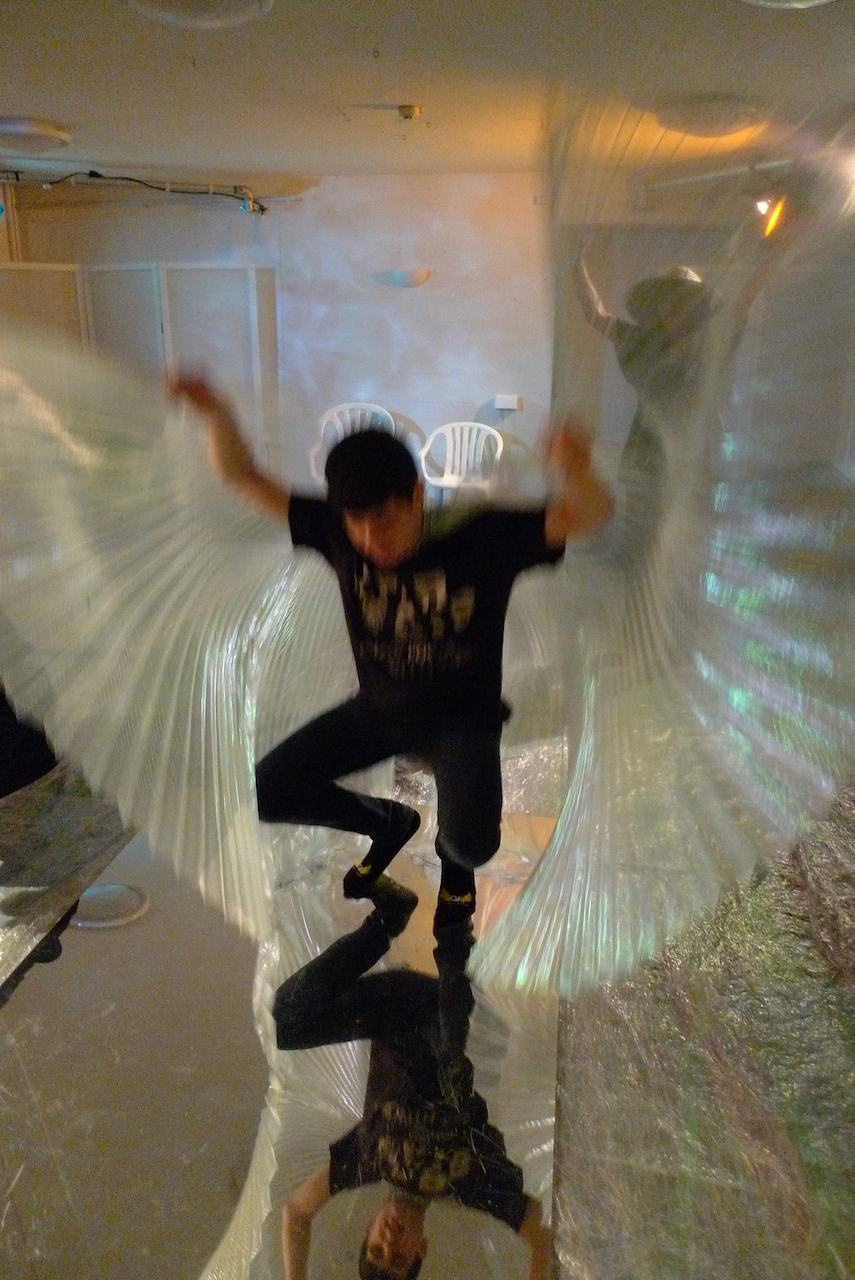Movement
Movement for people with
limited mobility and/or motivation can be extremely difficult, therefore using
props and resources that inspire, assist and demonstrate movement almost as a
by-product are extremely useful. Here are some tried and tested examples that
work on a number of levels to engage people with special needs
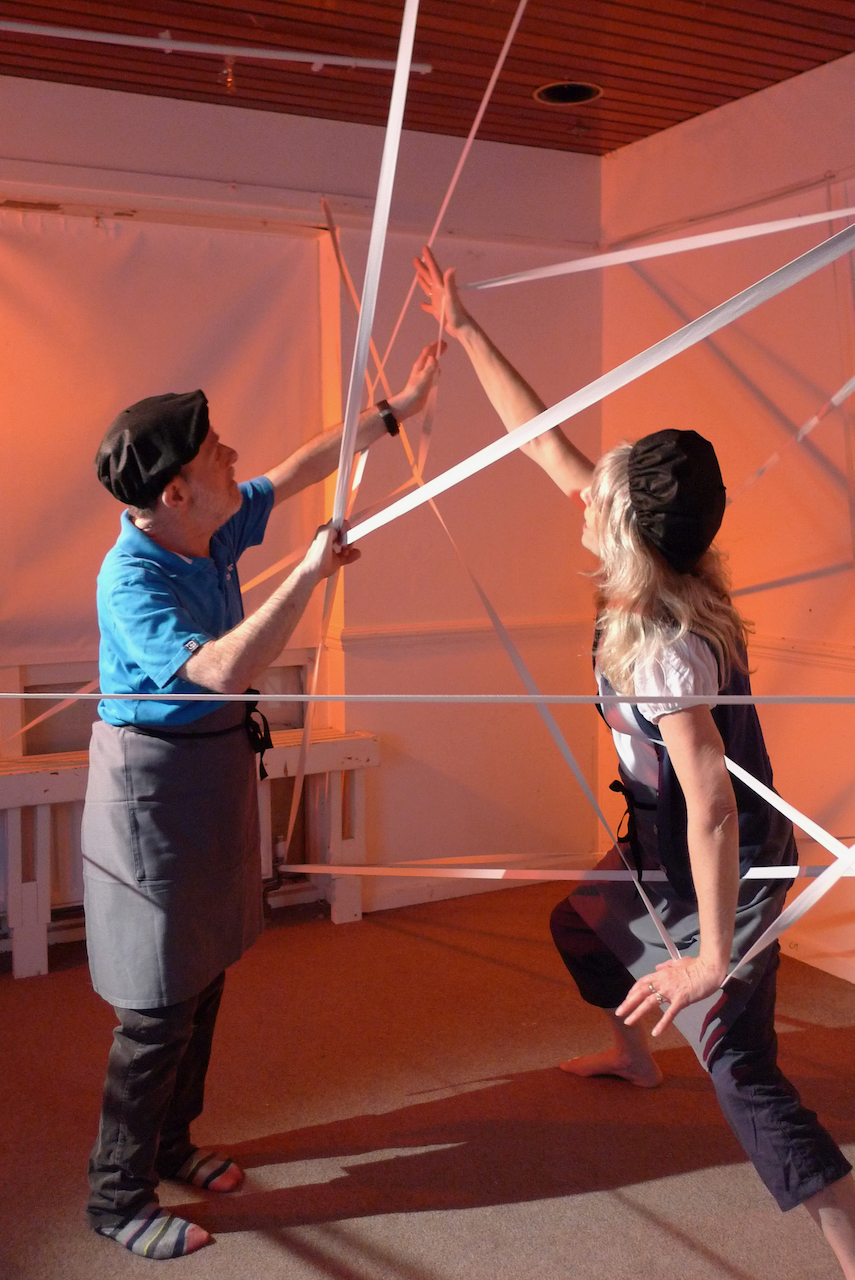


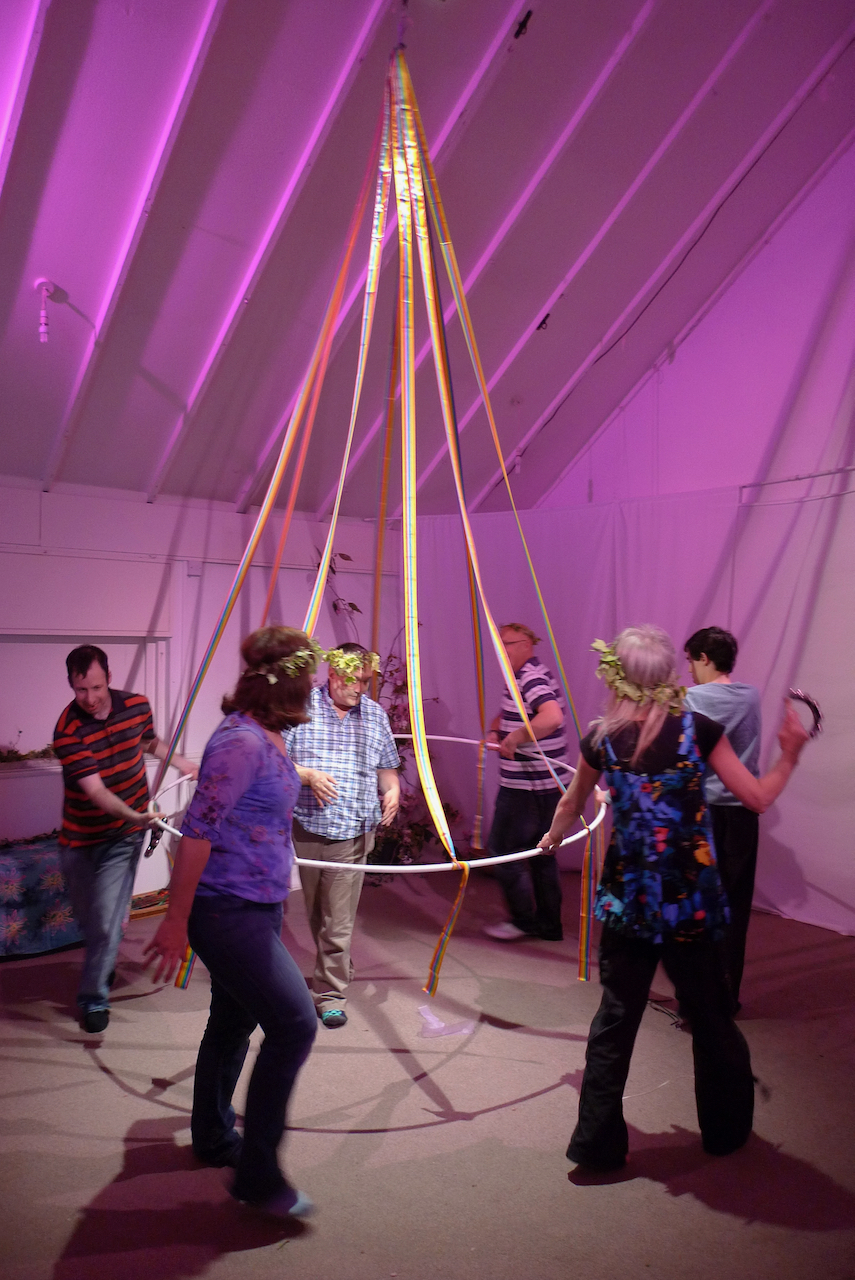
Streamers - require movement to facilitate them and
encourage dance, but also can provide the sense of movement around someone,
provide a visual and even tactile sense of movement and, when coupled with an
electric fan, move independently.
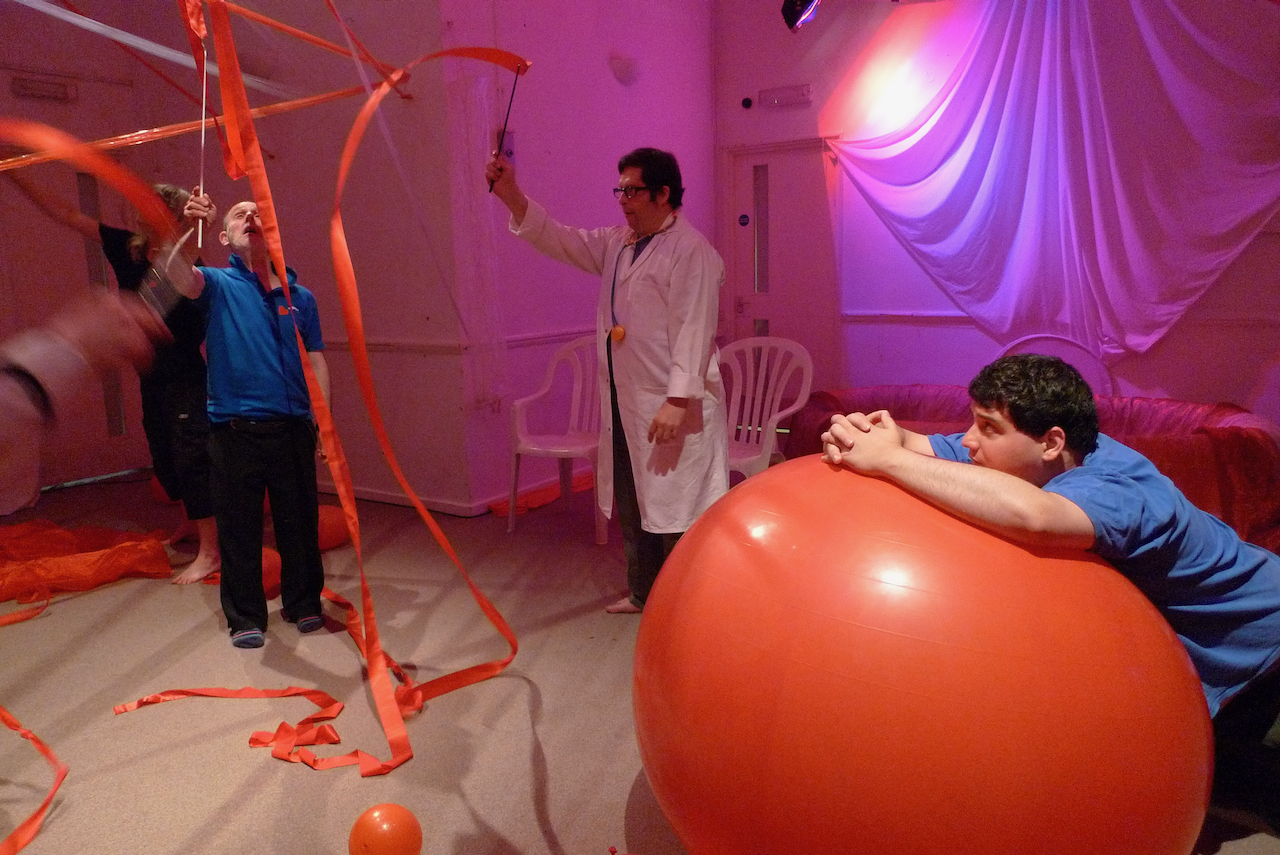
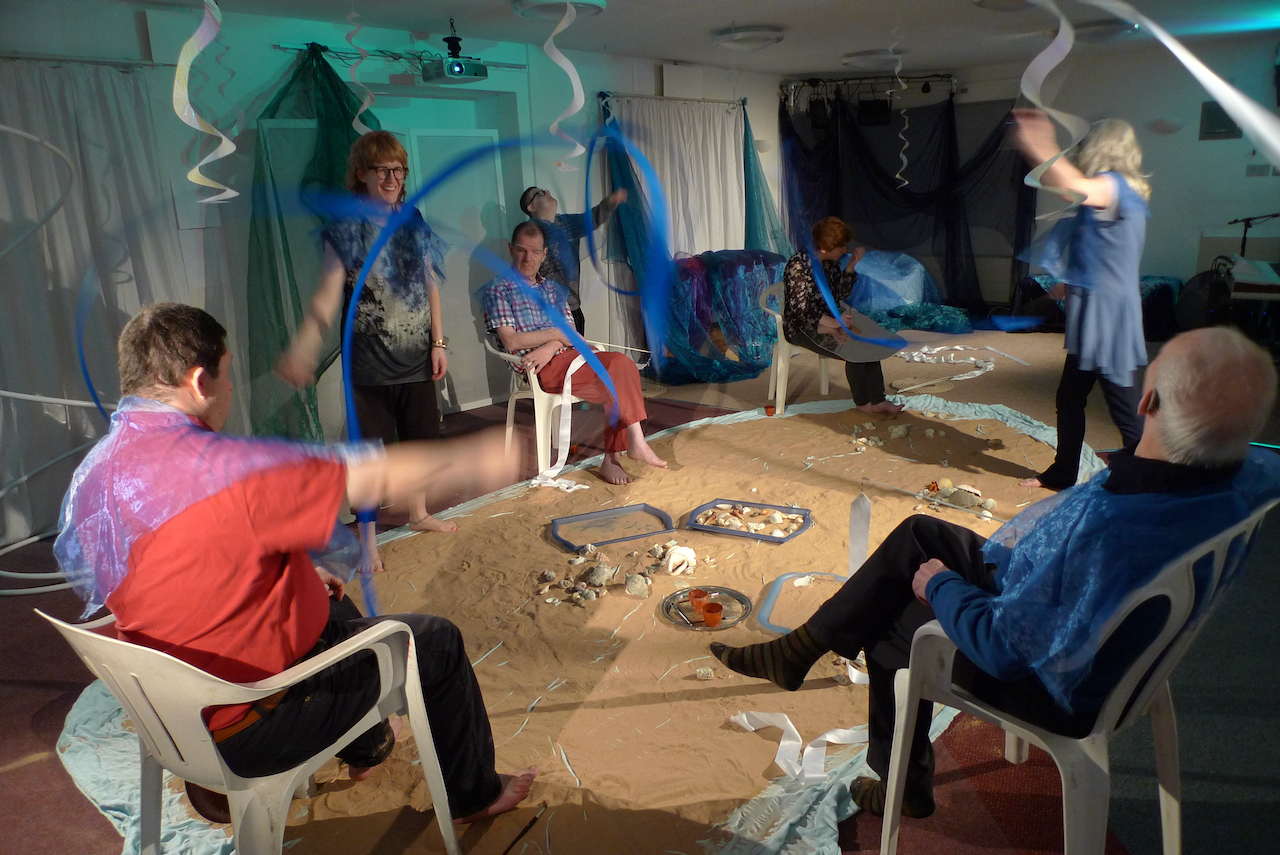
Ribbons or elastic attached to a large hoop give clients the experience of movement from within, as others turn around them, swing it to and fro or create a cone within which to explore the space and the floor. Touching vibrating elastic gives a feeling of movement too
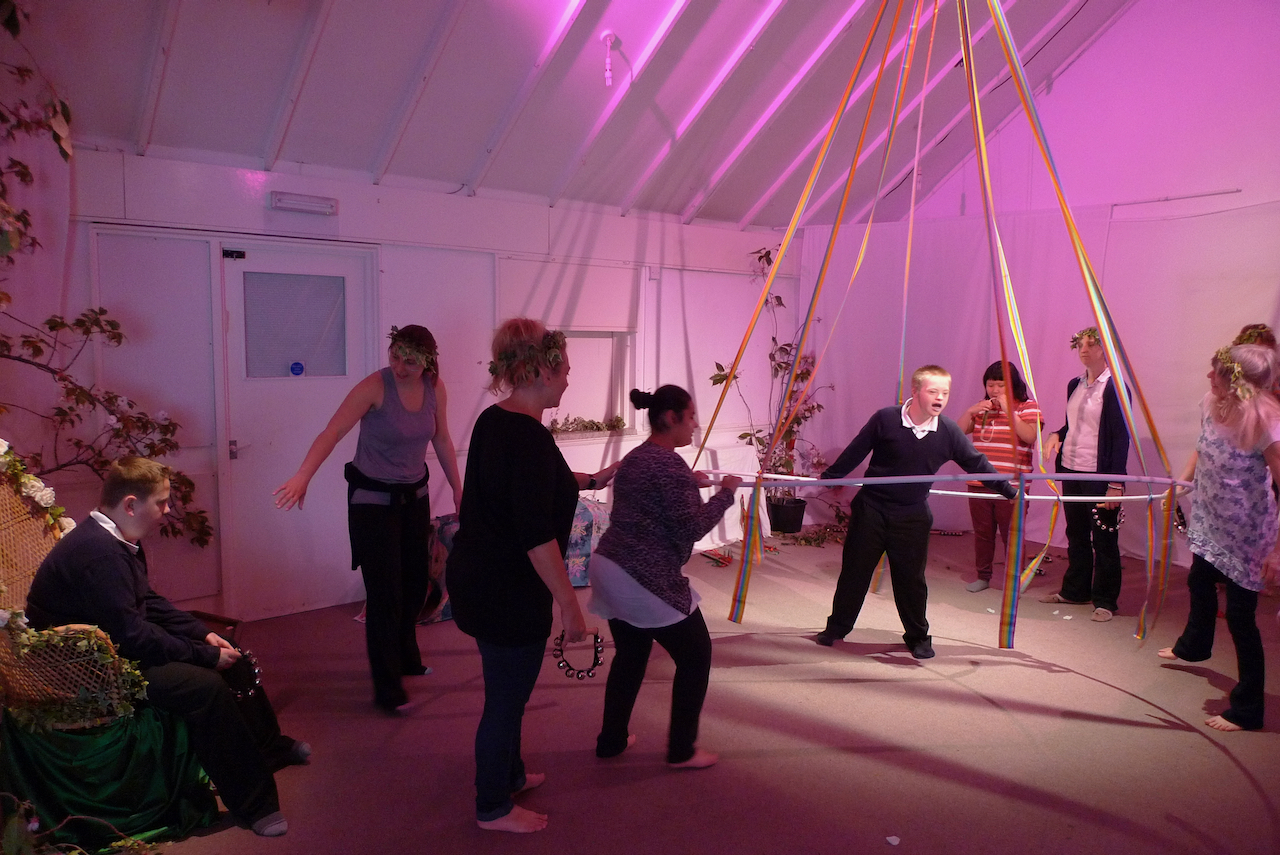
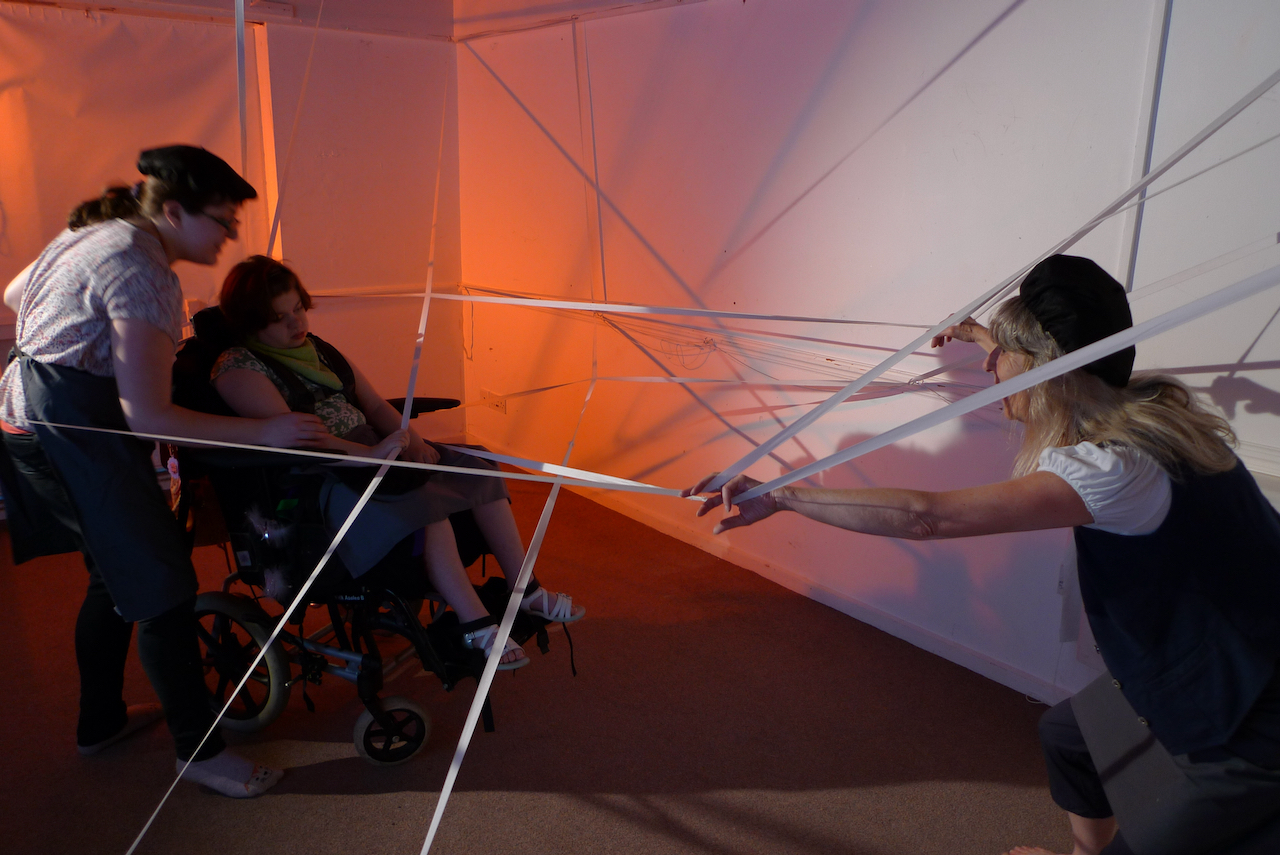
Fans and Rah-Rahs – come
in beautiful colours and a variety of lengths, and provide multisensory stimuli with amazing
visuals, the feeling of air moving round you and swishing or snapping sounds if flicked.
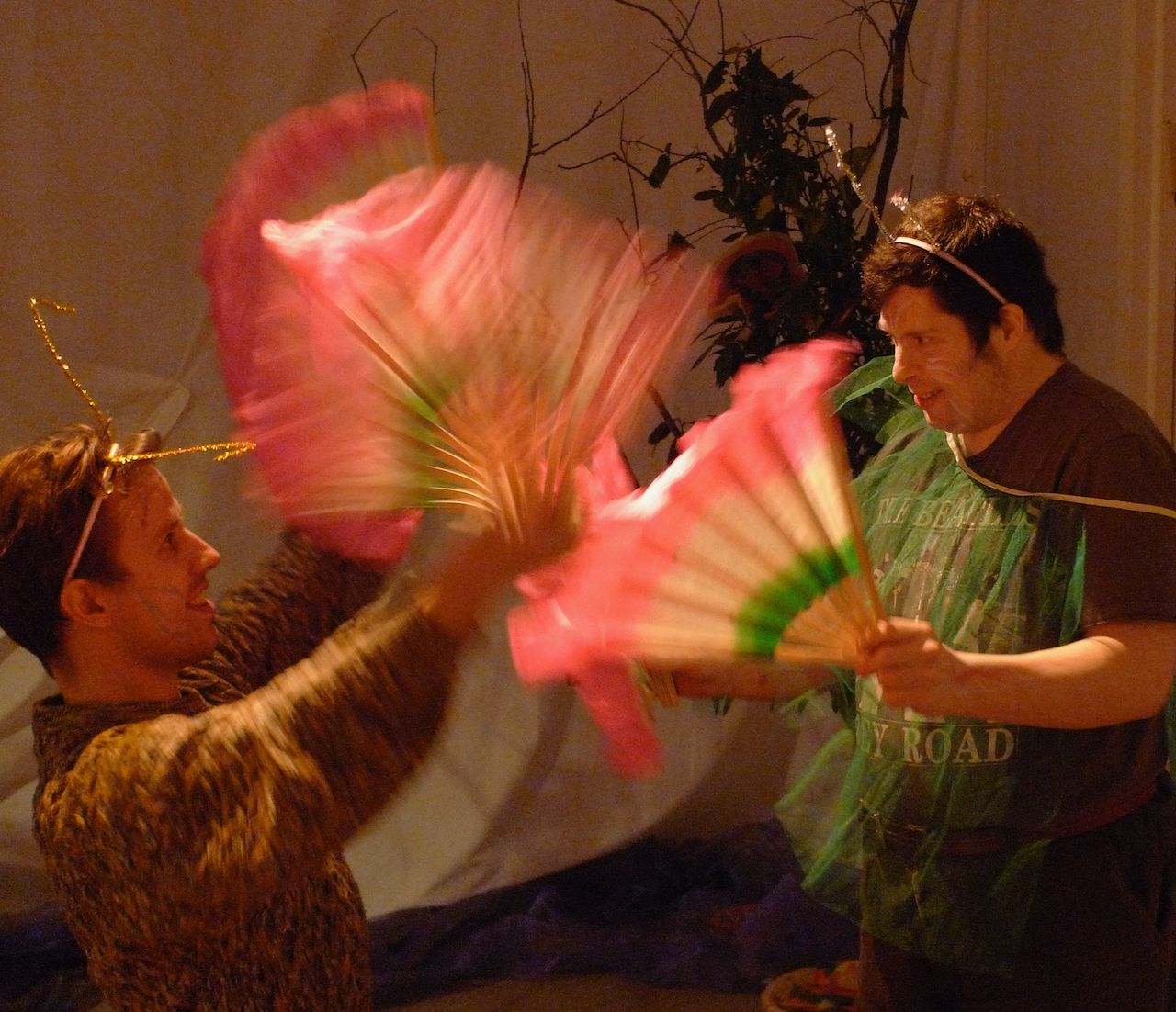
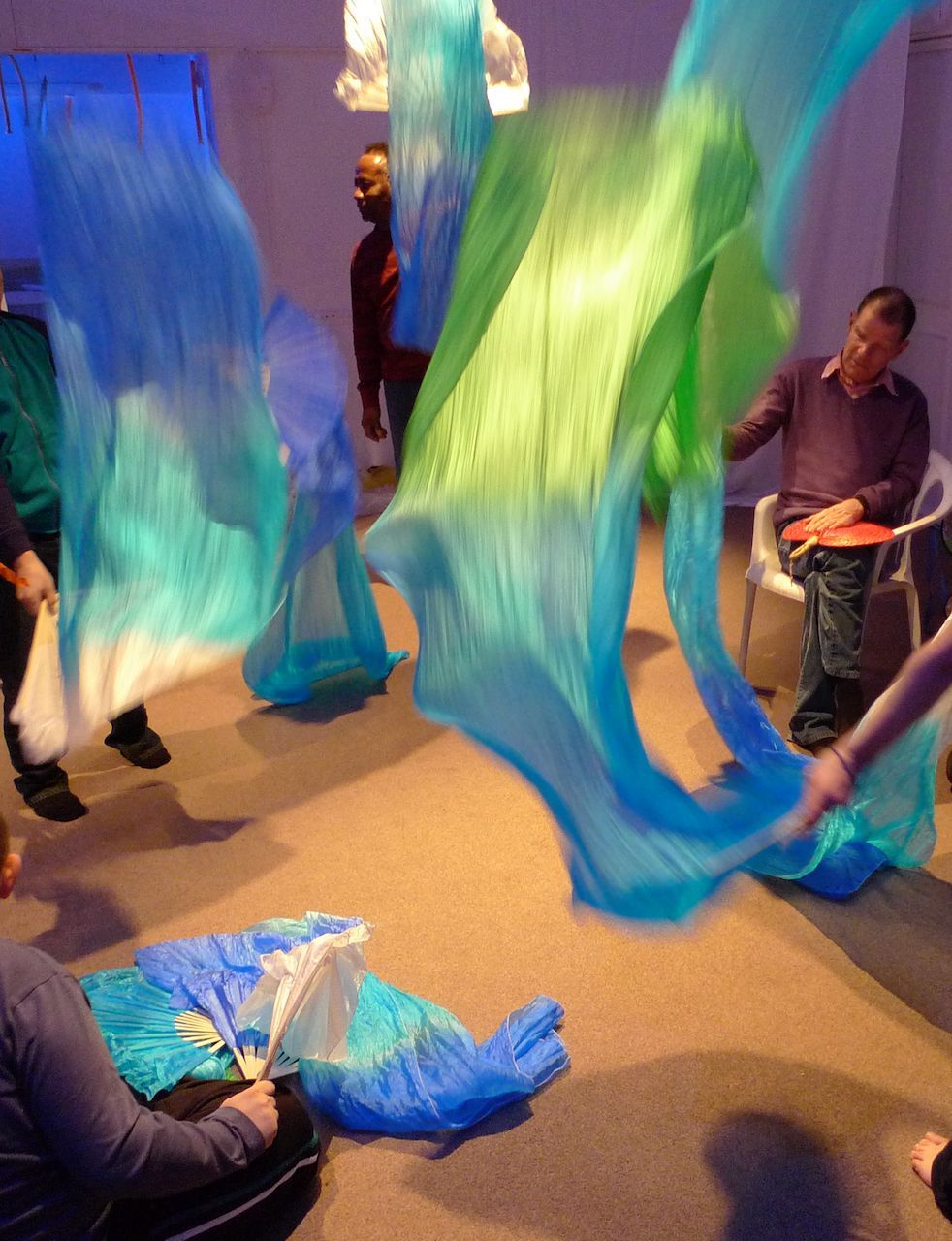
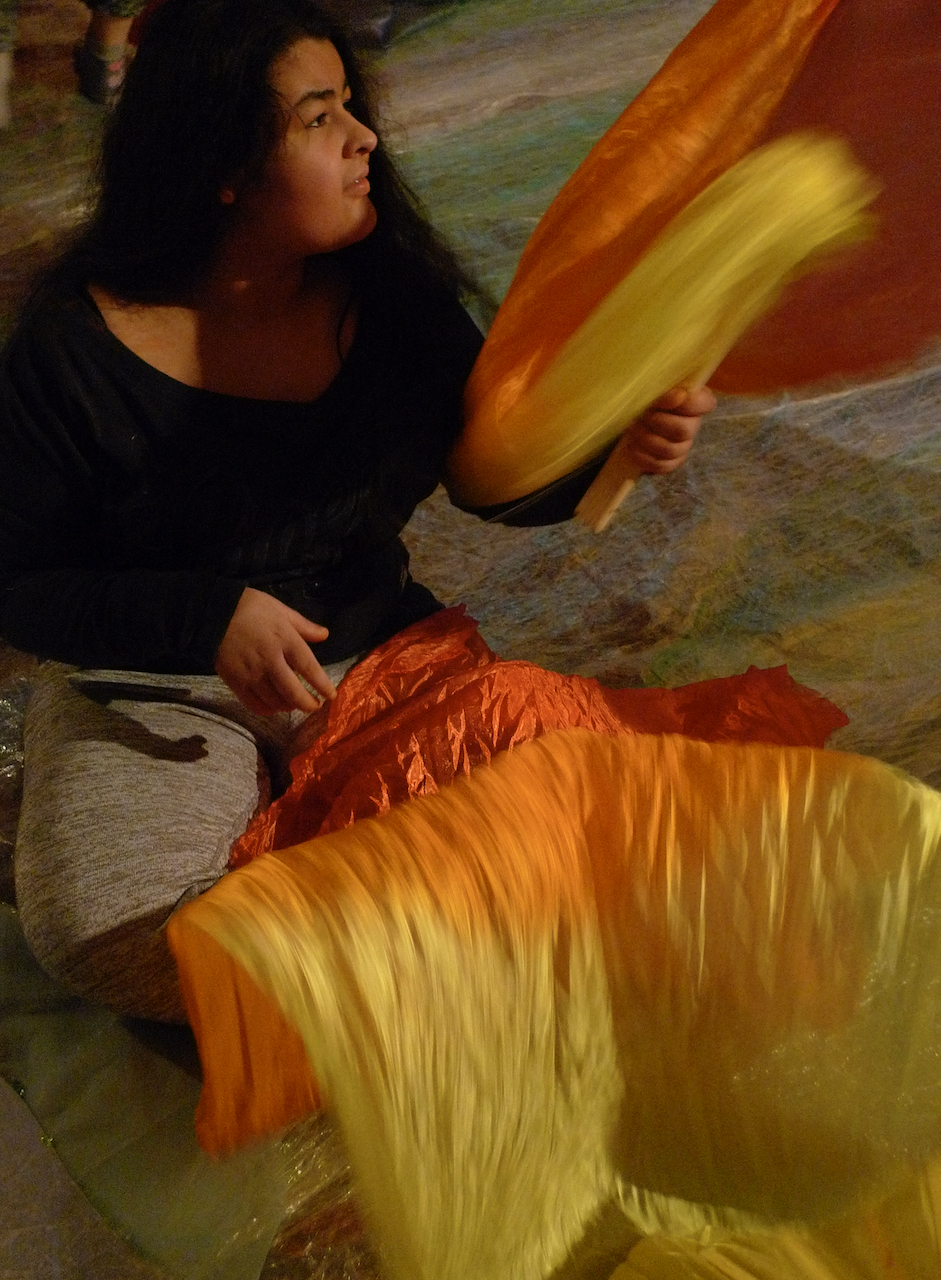
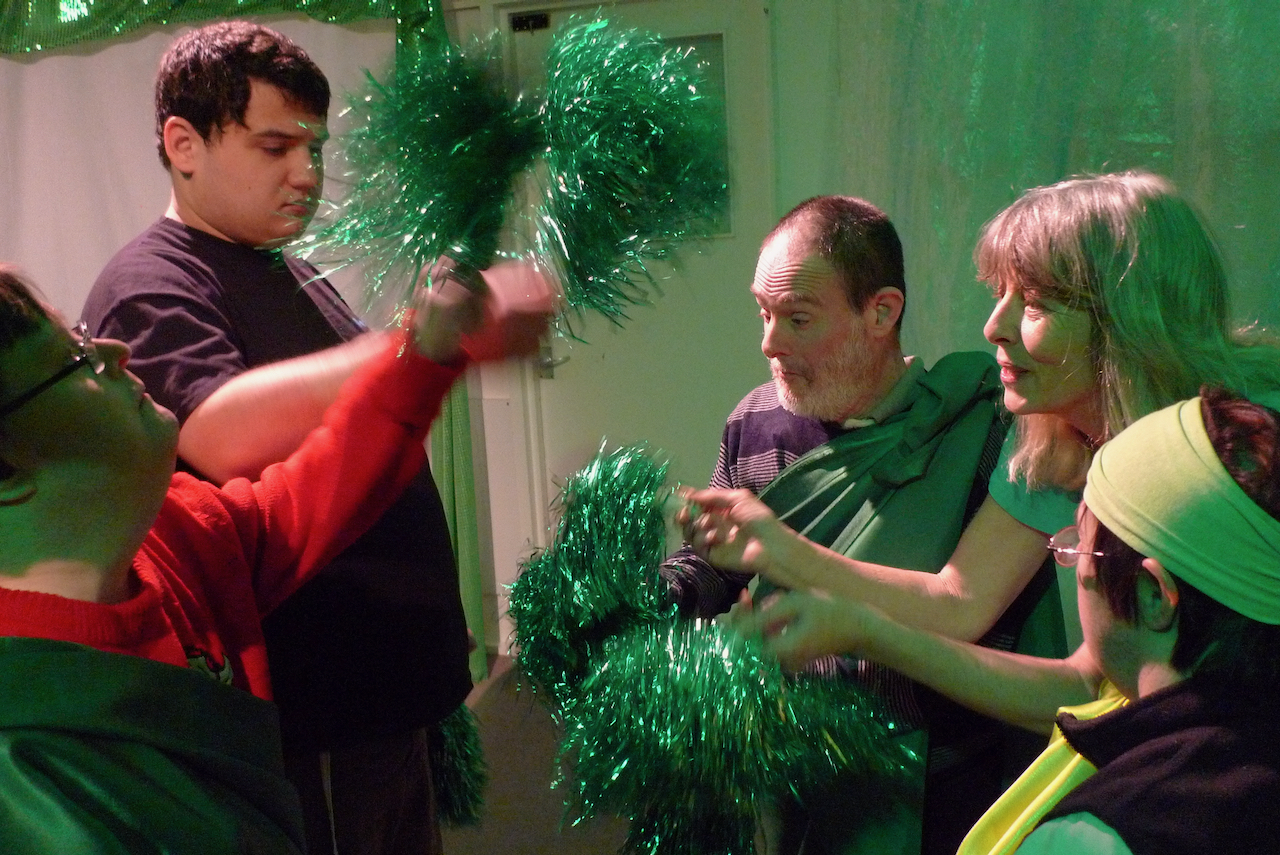
Cloths - suspended above or across the space also encourage
exploration of space and motivate various kinds of movement. People can go
under, around, through them, they can sway from side to side or swim between
them. Making pathways on the floor encourages students to cross over, walk
along, roll, crawl or wrap themselves up.



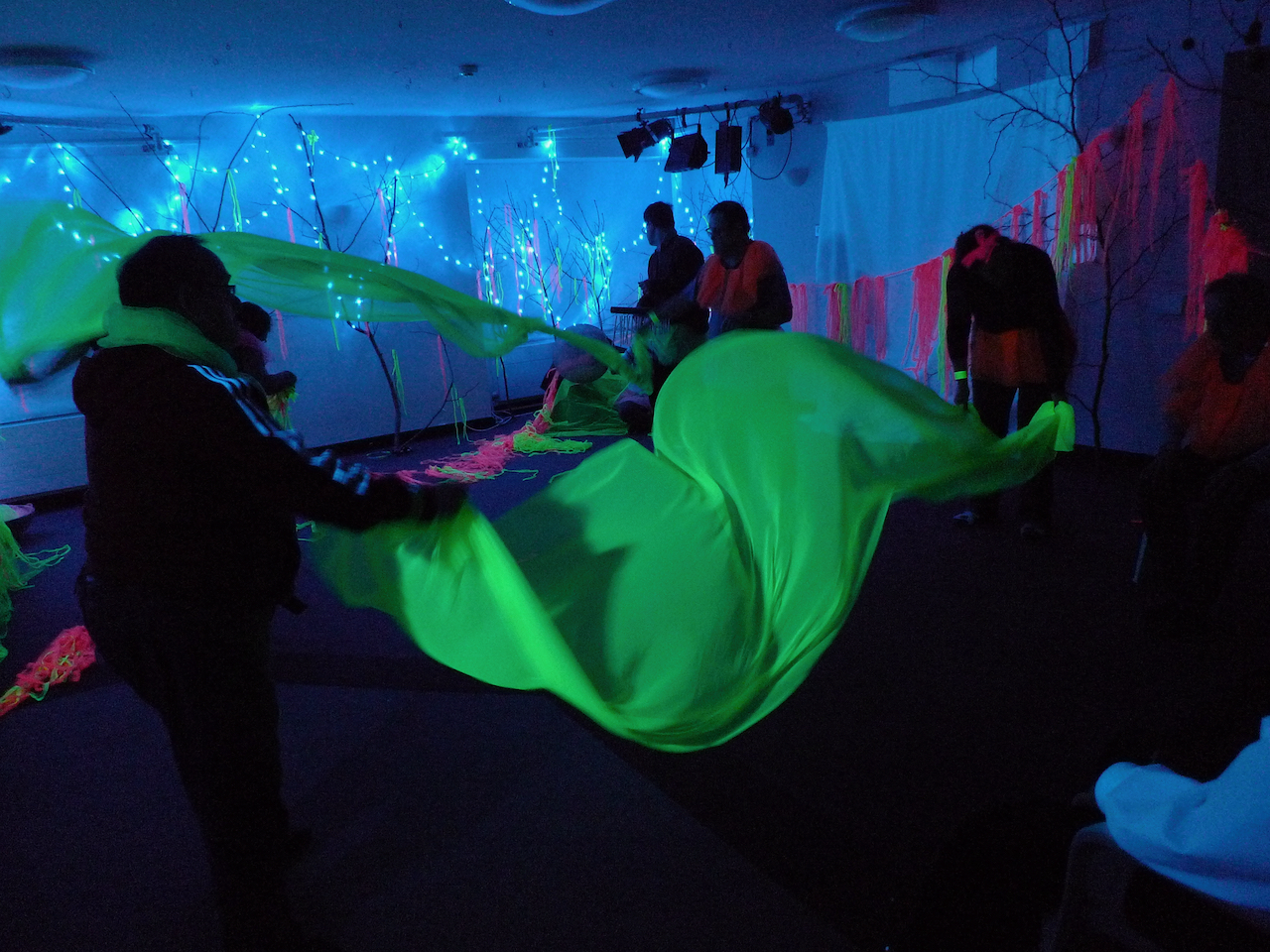
Shadows - are great motivators, as clients enjoy watching their own
and others’ shadows move, especially when they are spread large across a white
wall.
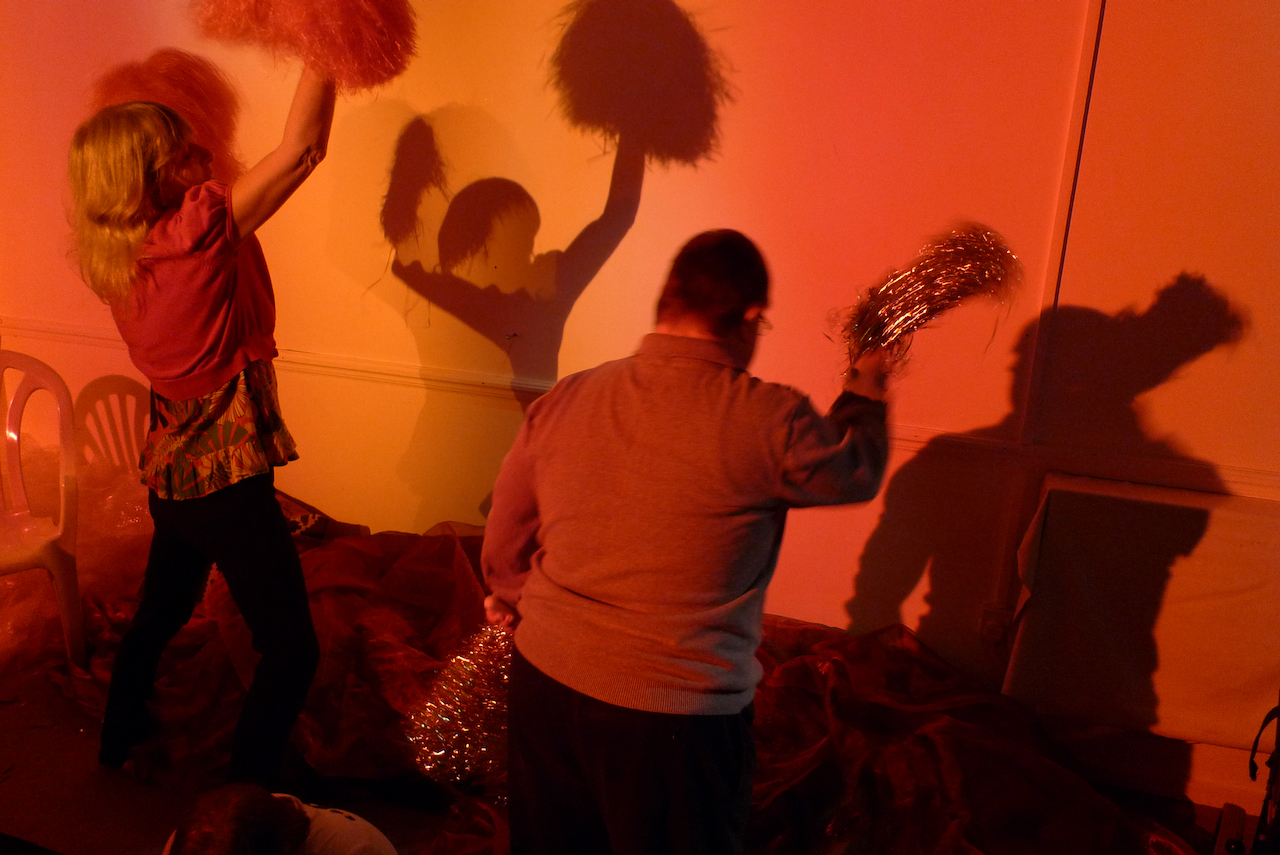
For less mobile participants, engaging by wiggling fingers on a moonhoop are just as fascinating and no less valid
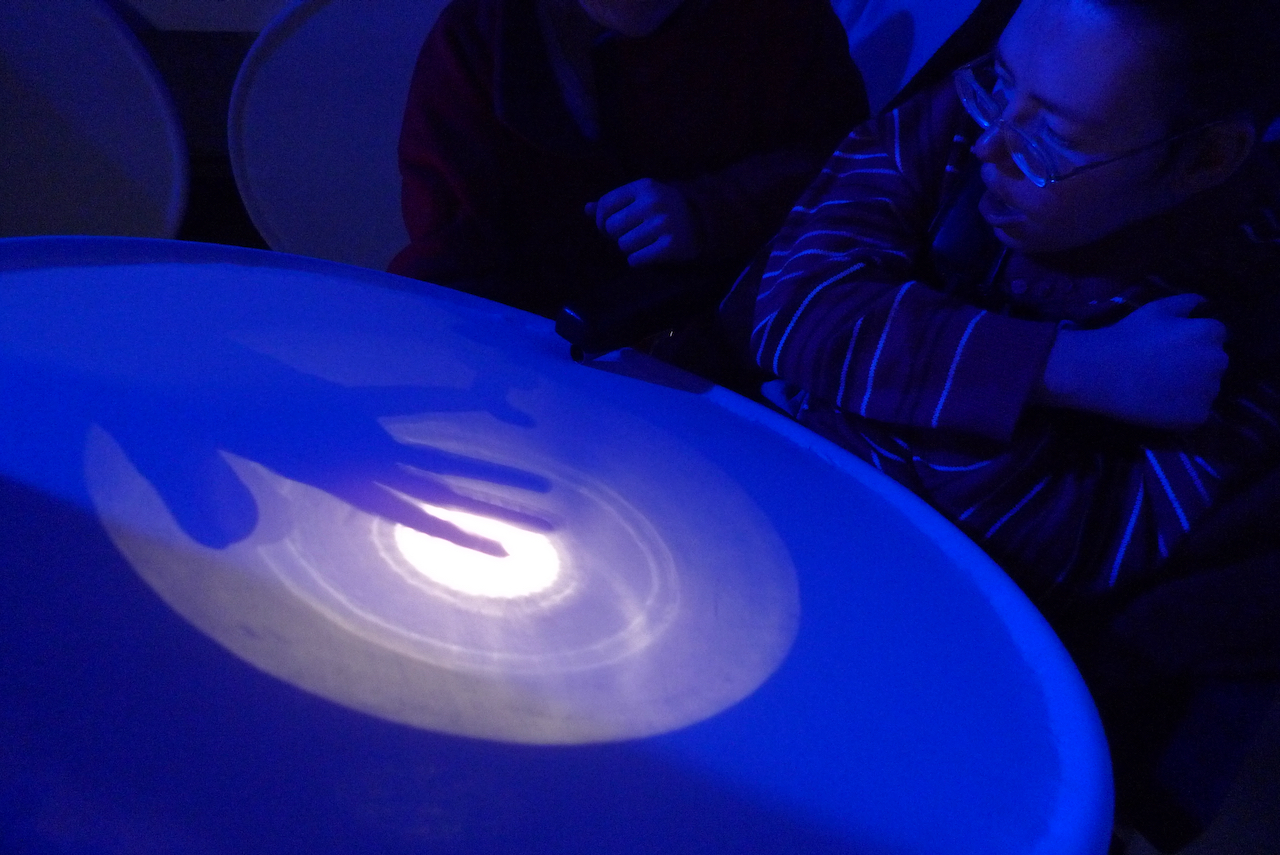
Projections - showing people dancing, often in particular styles
with specific music genres, encourage like movements.
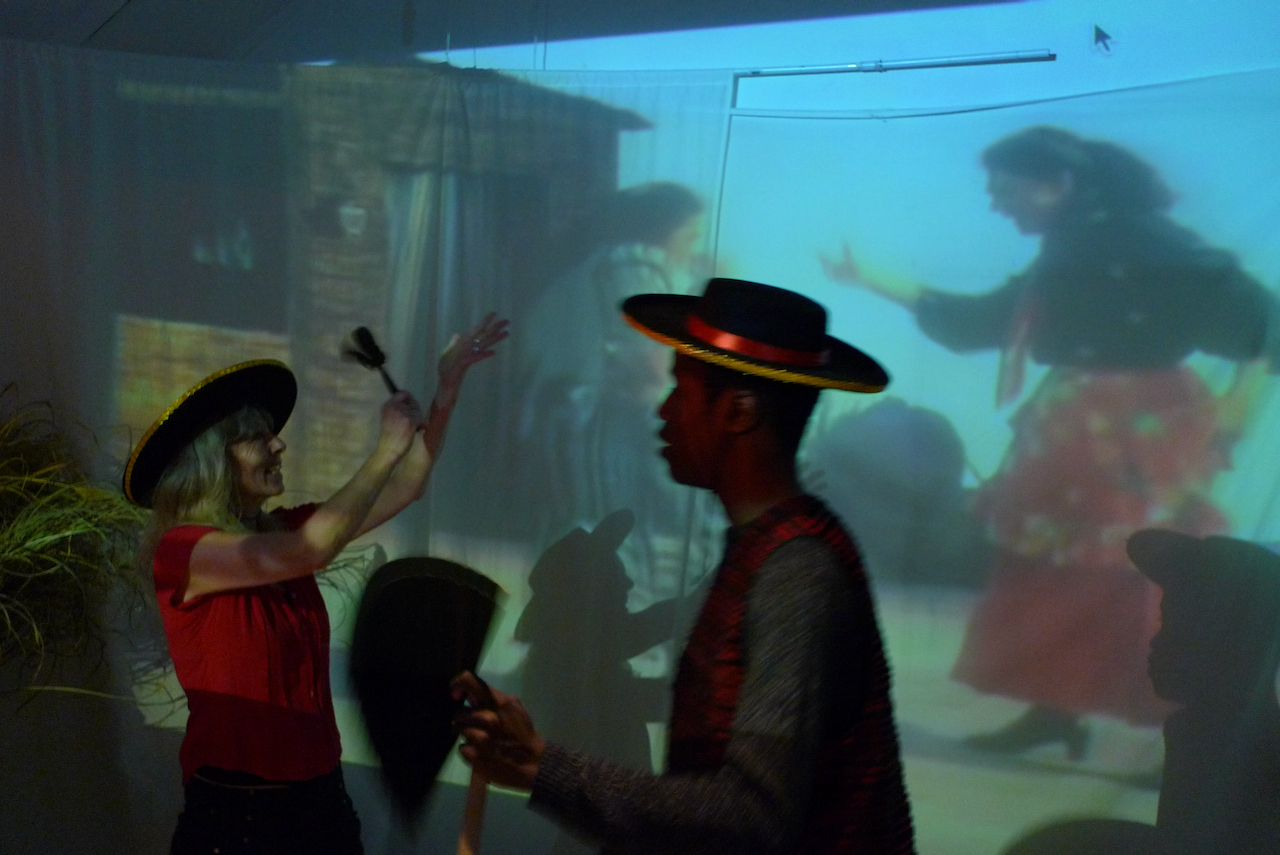
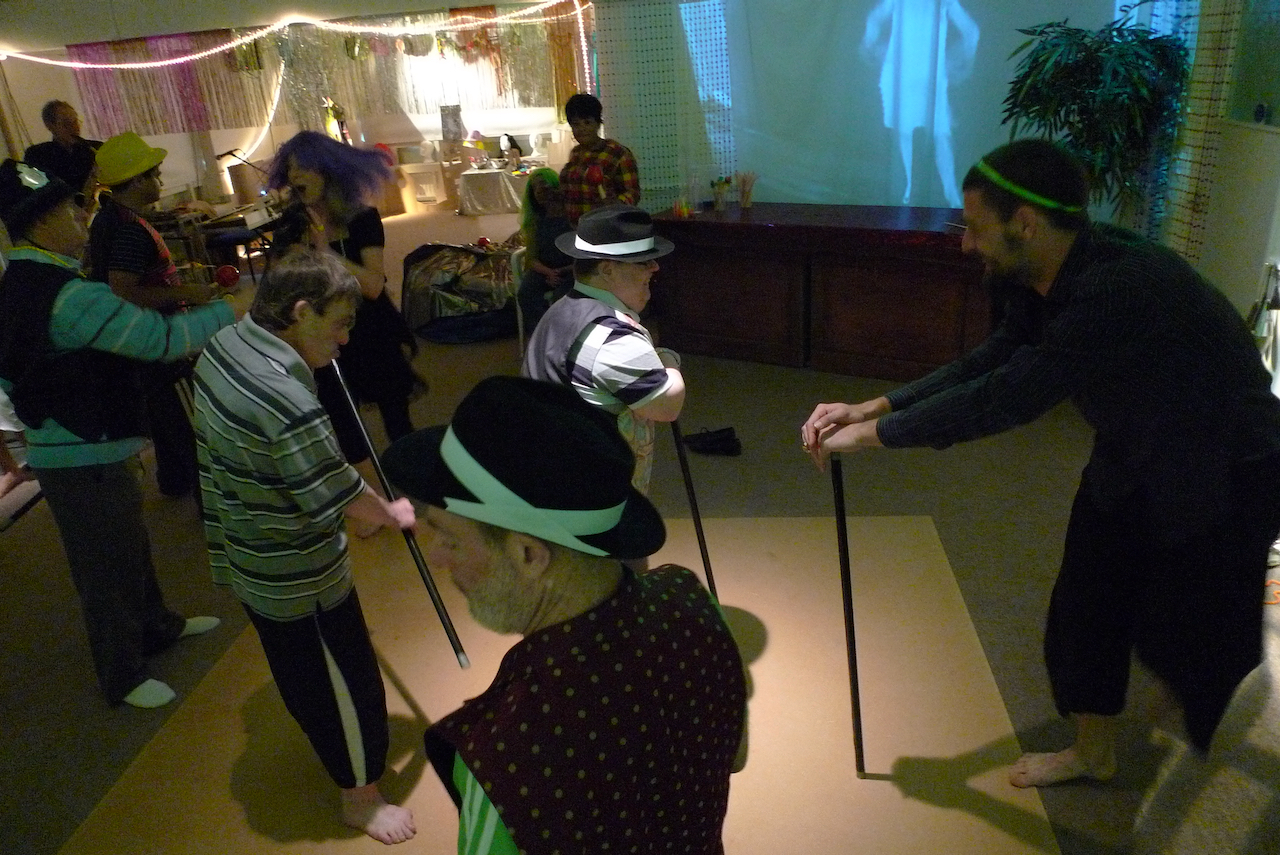
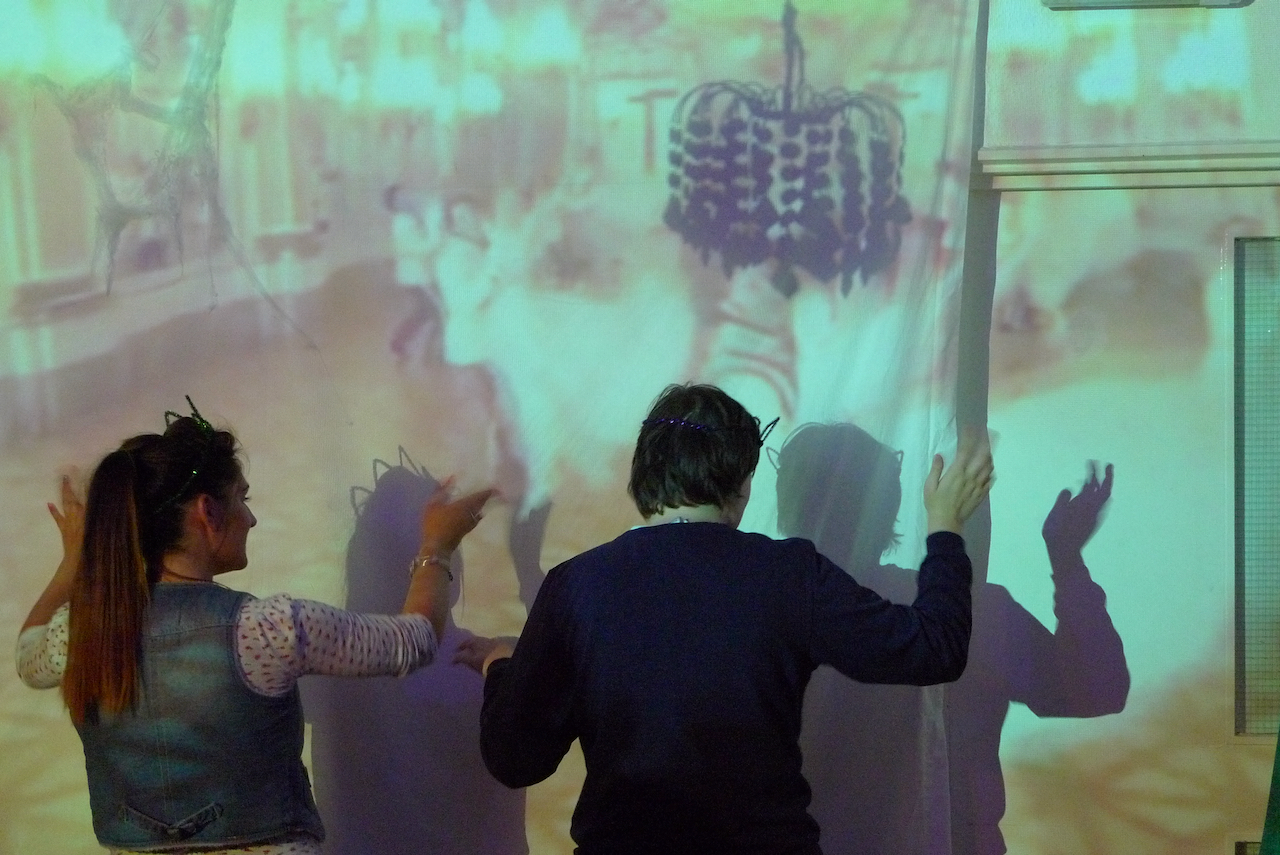
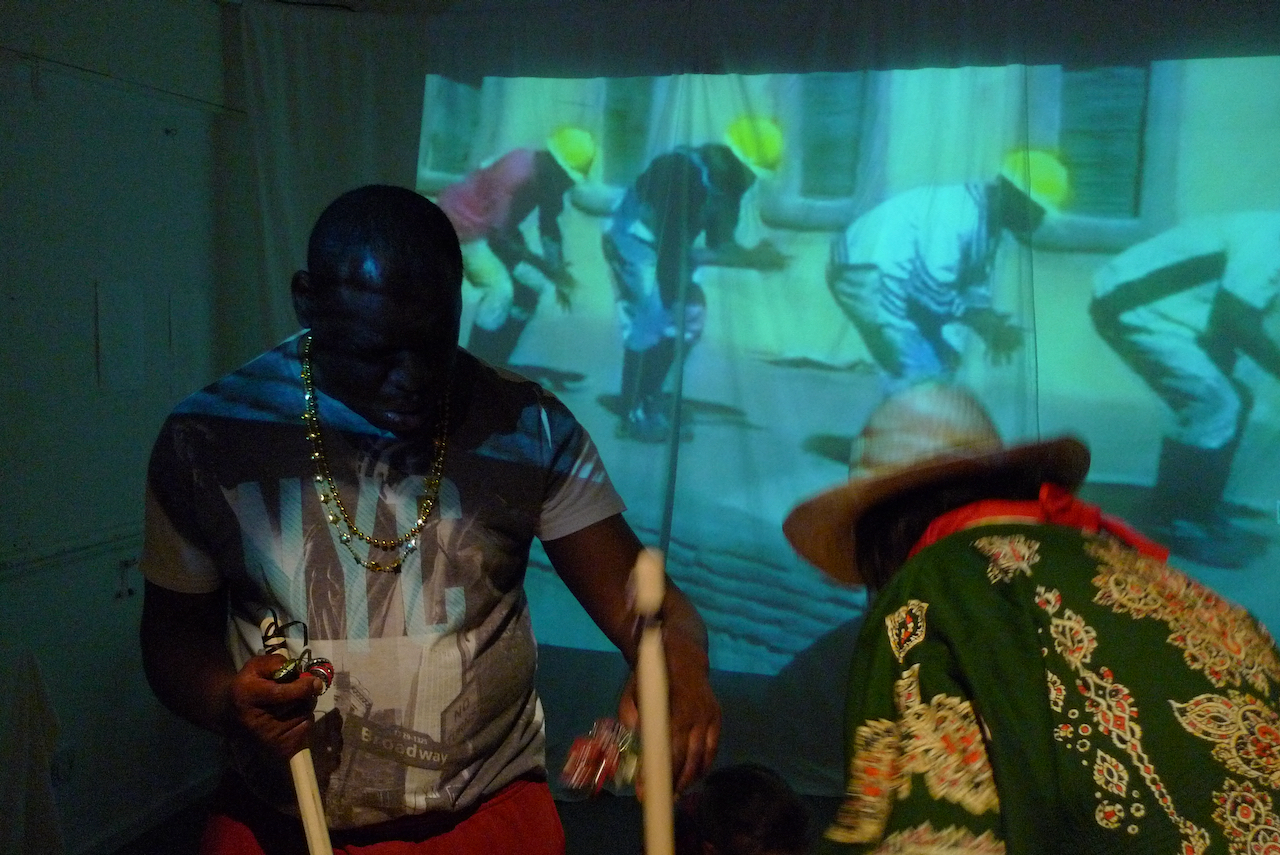
Broomhandles - simple, inexpensive props, can be used to enable
movement on several levels, for example, a client with PMLD may be motivated to
clasp a stick, (for some a difficult task in itself) and then be able to rock
or sway with a facilitator. They can be used to make rhythms on the floor while
dancing, or enhanced by tying bells/bottletops to the tops to create a
jungle-jangle effect


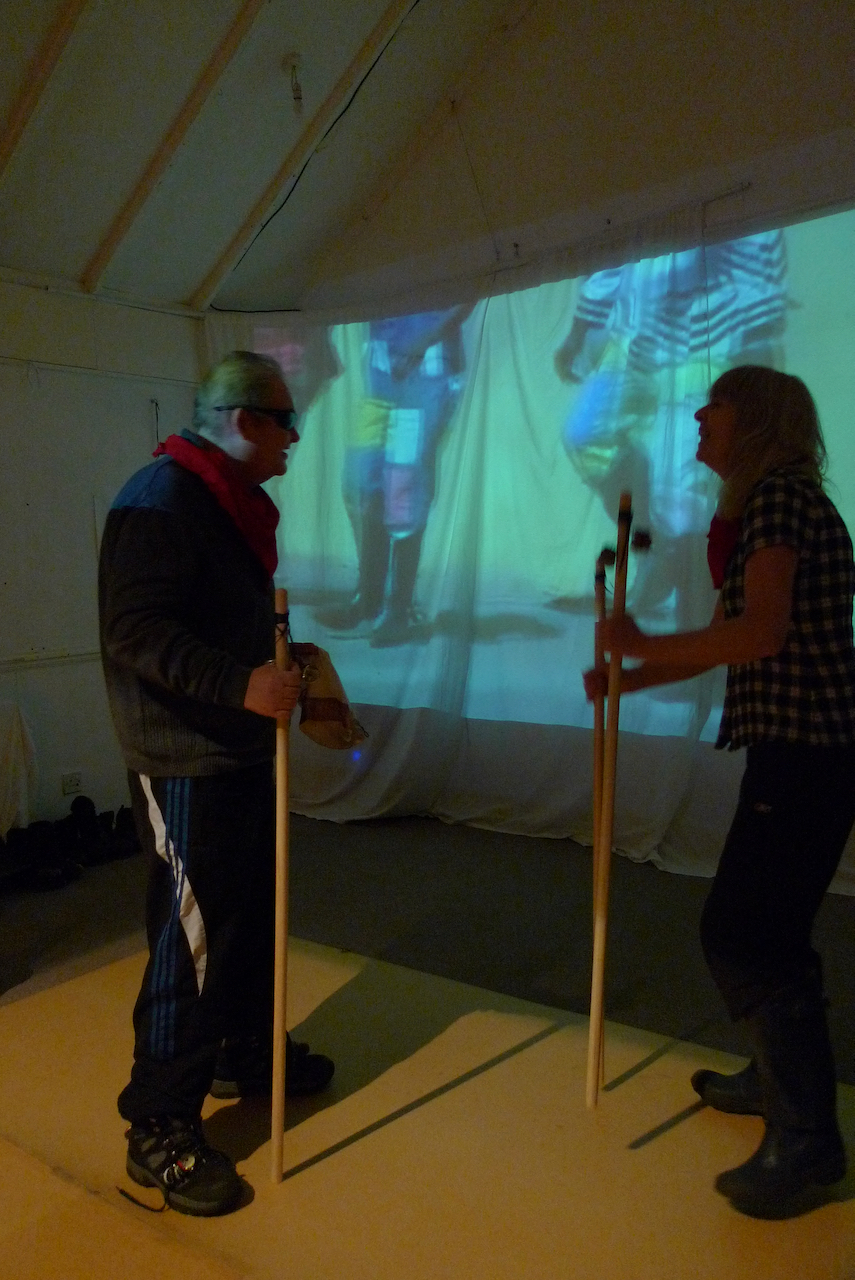
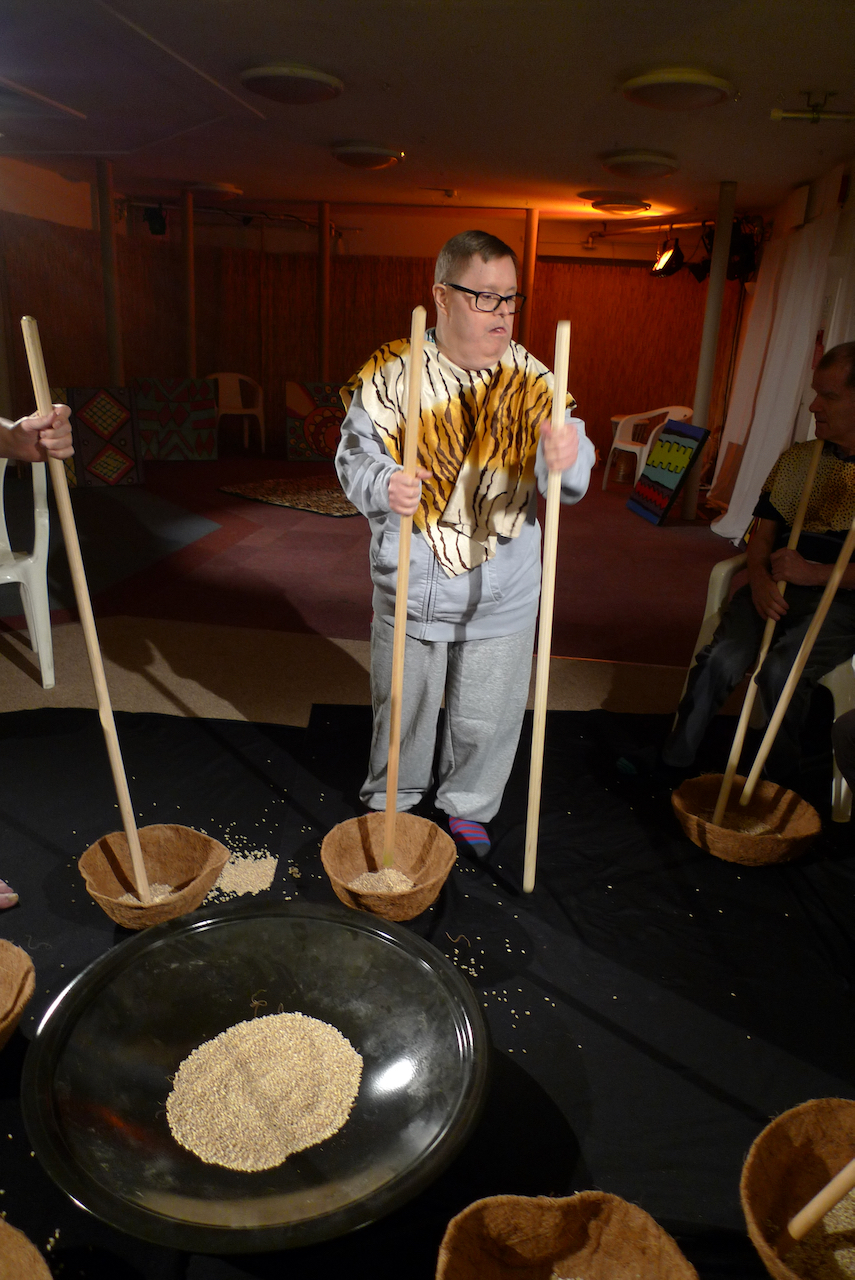
Costume - Being in role can often help clients to be less
self-conscious and more willing to move. Add sounds to the costumes (i.e. bells
to waistcoats, coins to scarves) and every movement is enhanced.
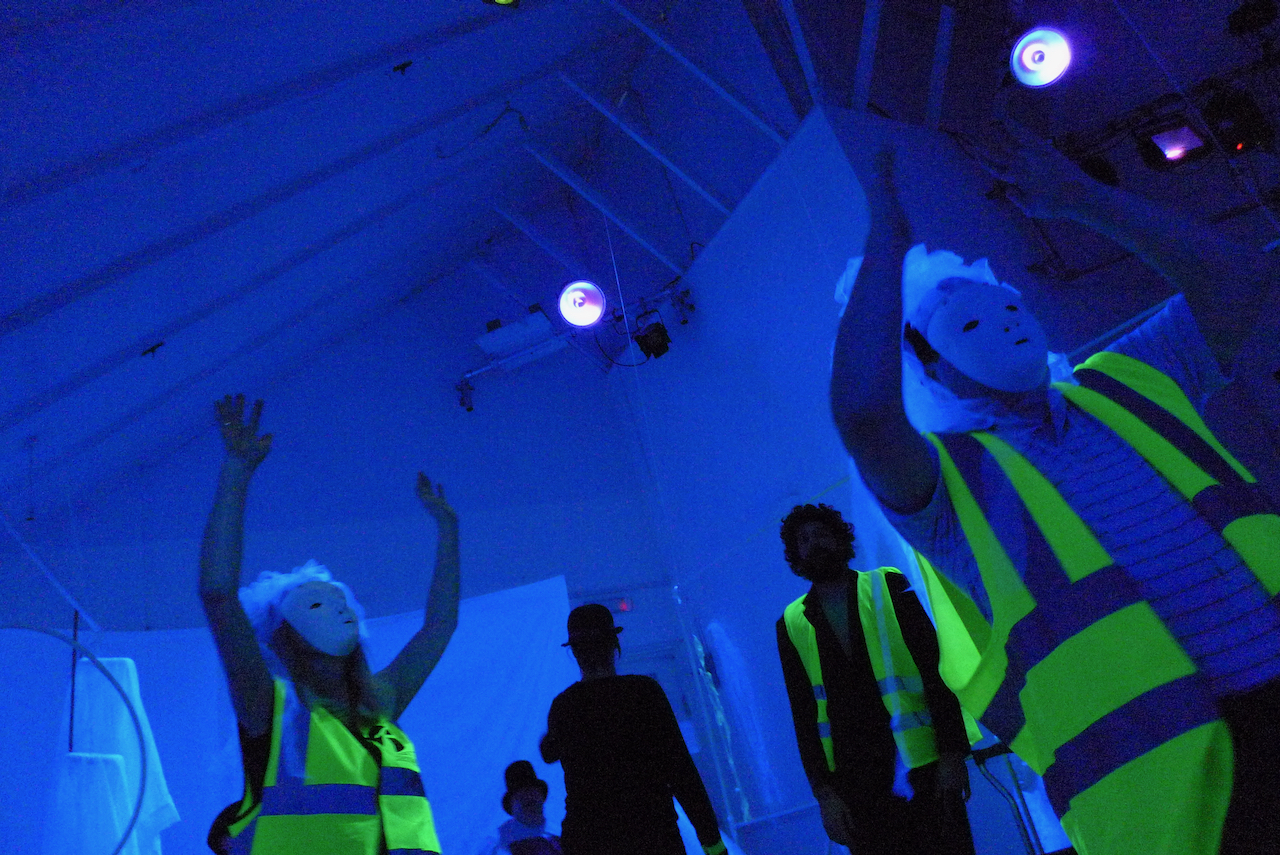

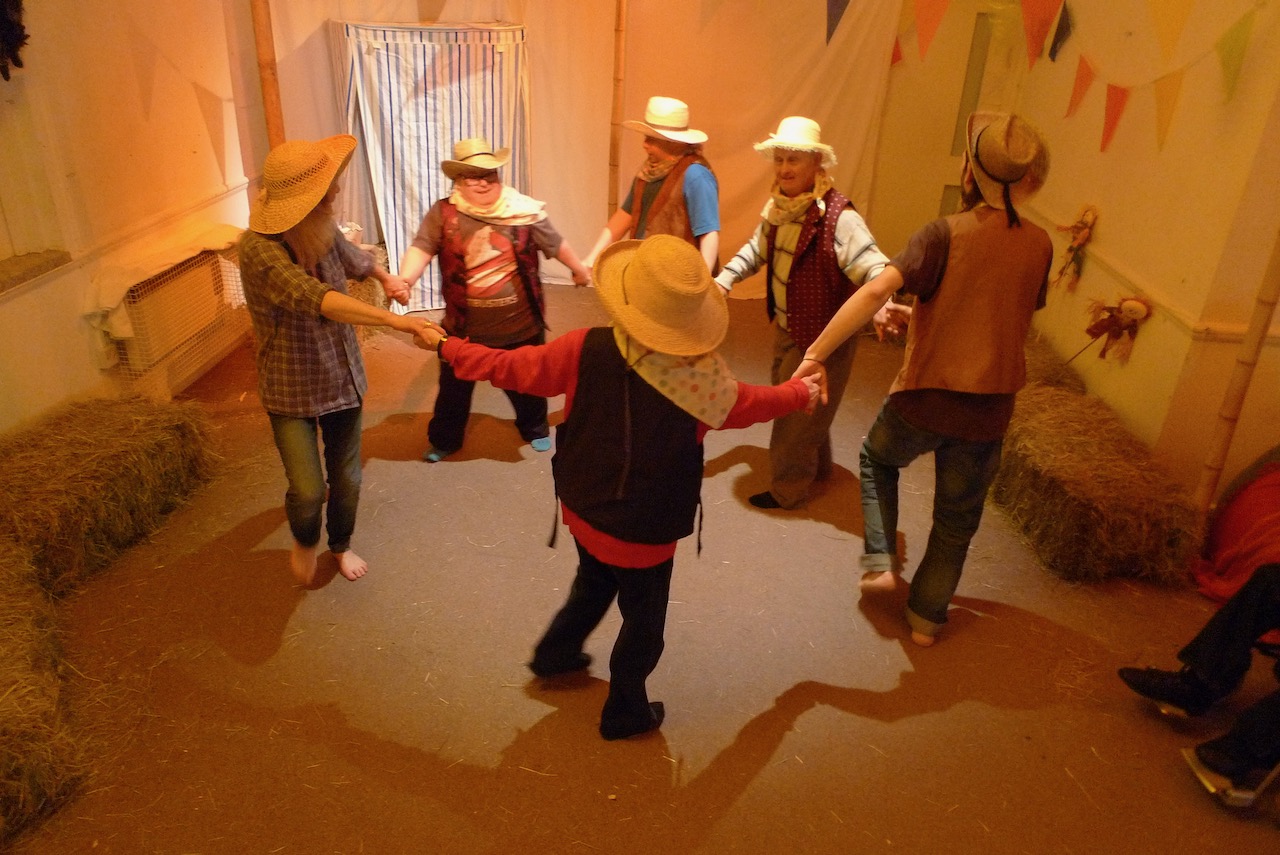
Some costumes, such as cloaks and sarongs can be enjoyed for the movement they create themselves while accessories like fringes on arms and legs or removable scarves can influence the style of the dance
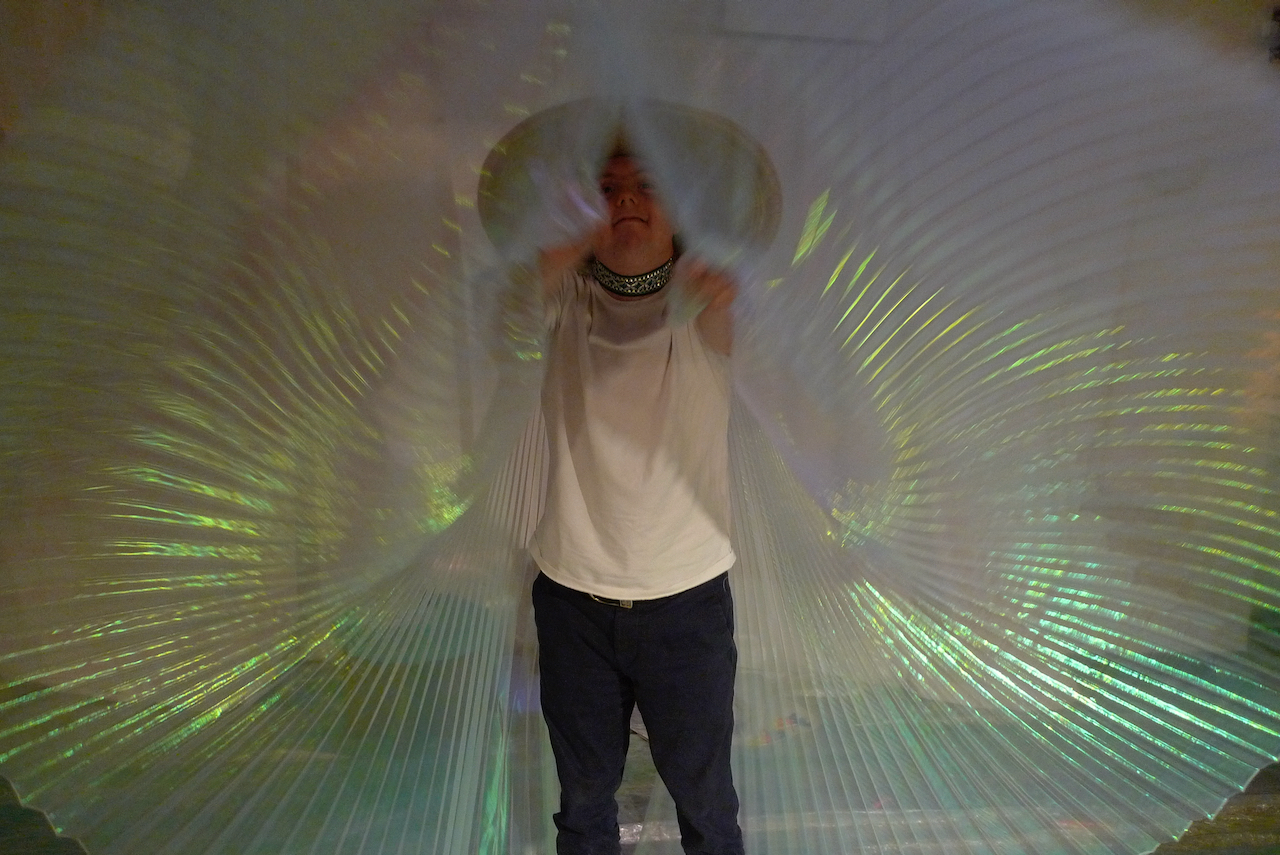


Characters – can initiate
and encourage certain dance styles, connecting with participants who may be shy of dancing with people they know, but who find a freedom with a stranger who may introduce new
instruments, rhythms and songs
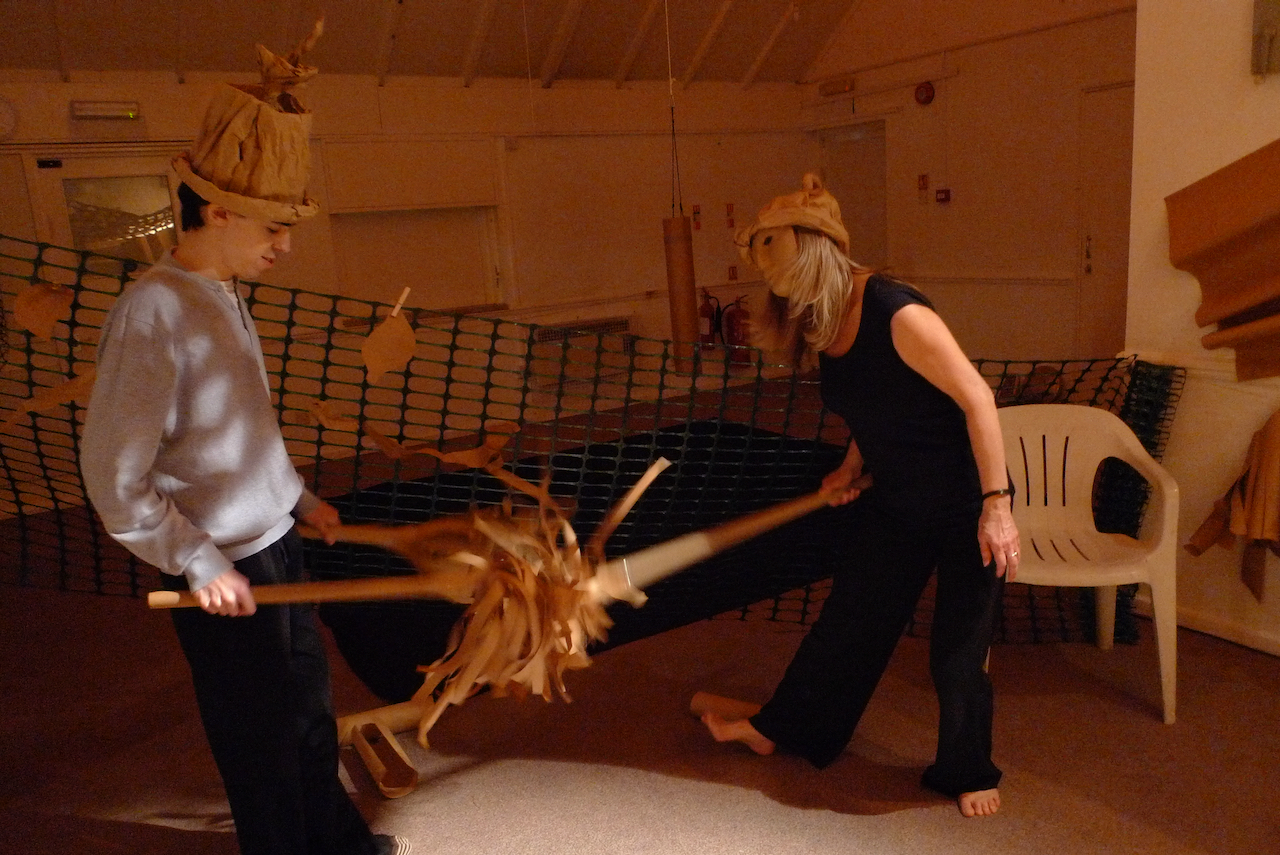
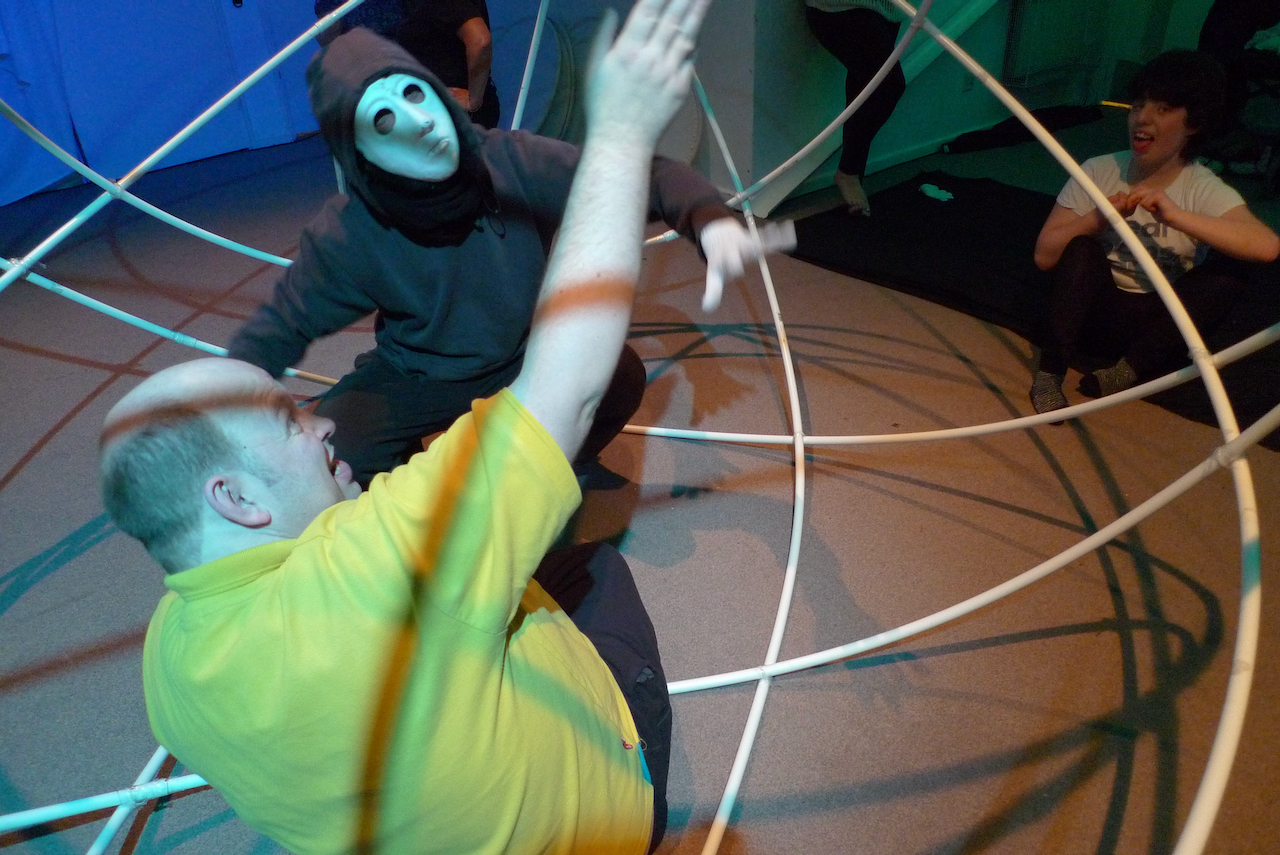
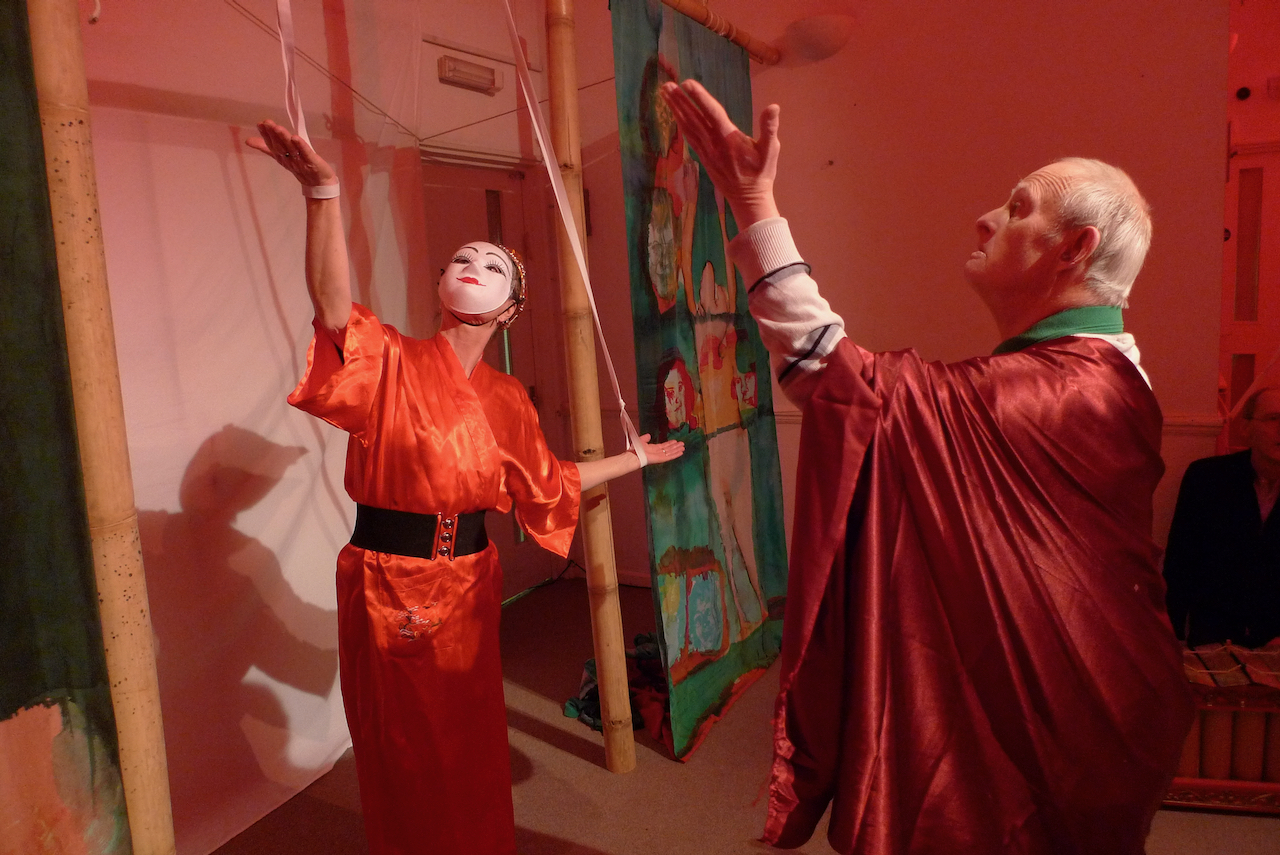

Some instruments, in
the very nature of how they are played, require some form of movement.
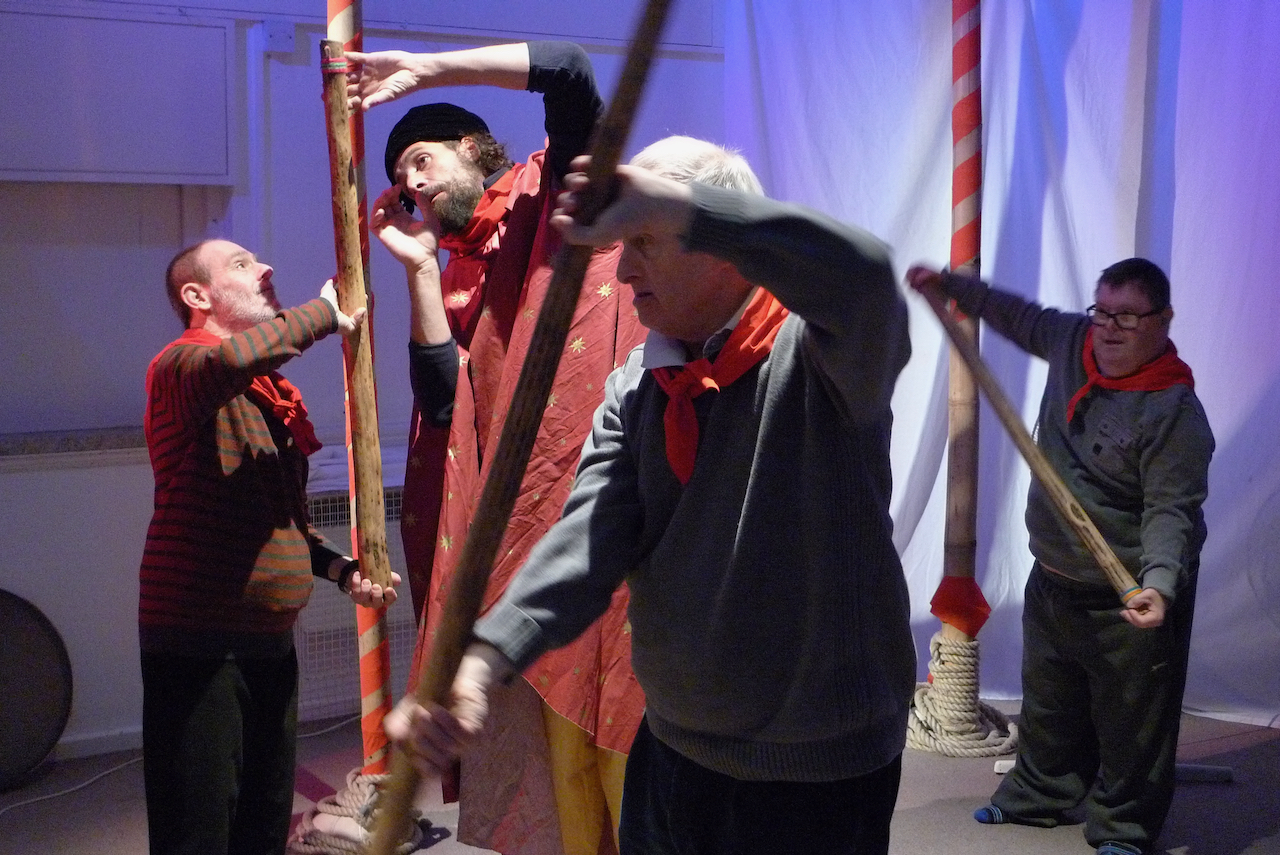

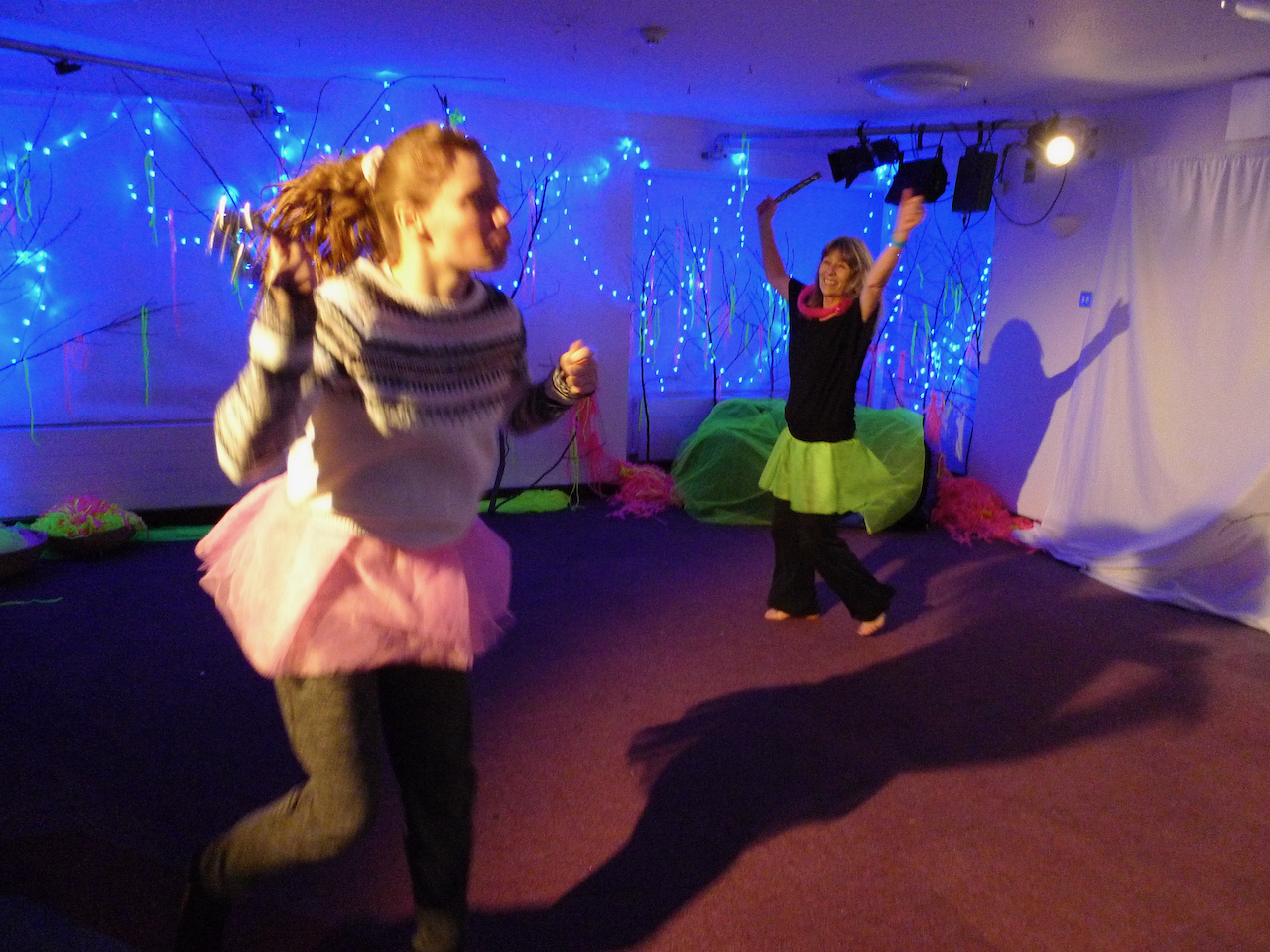
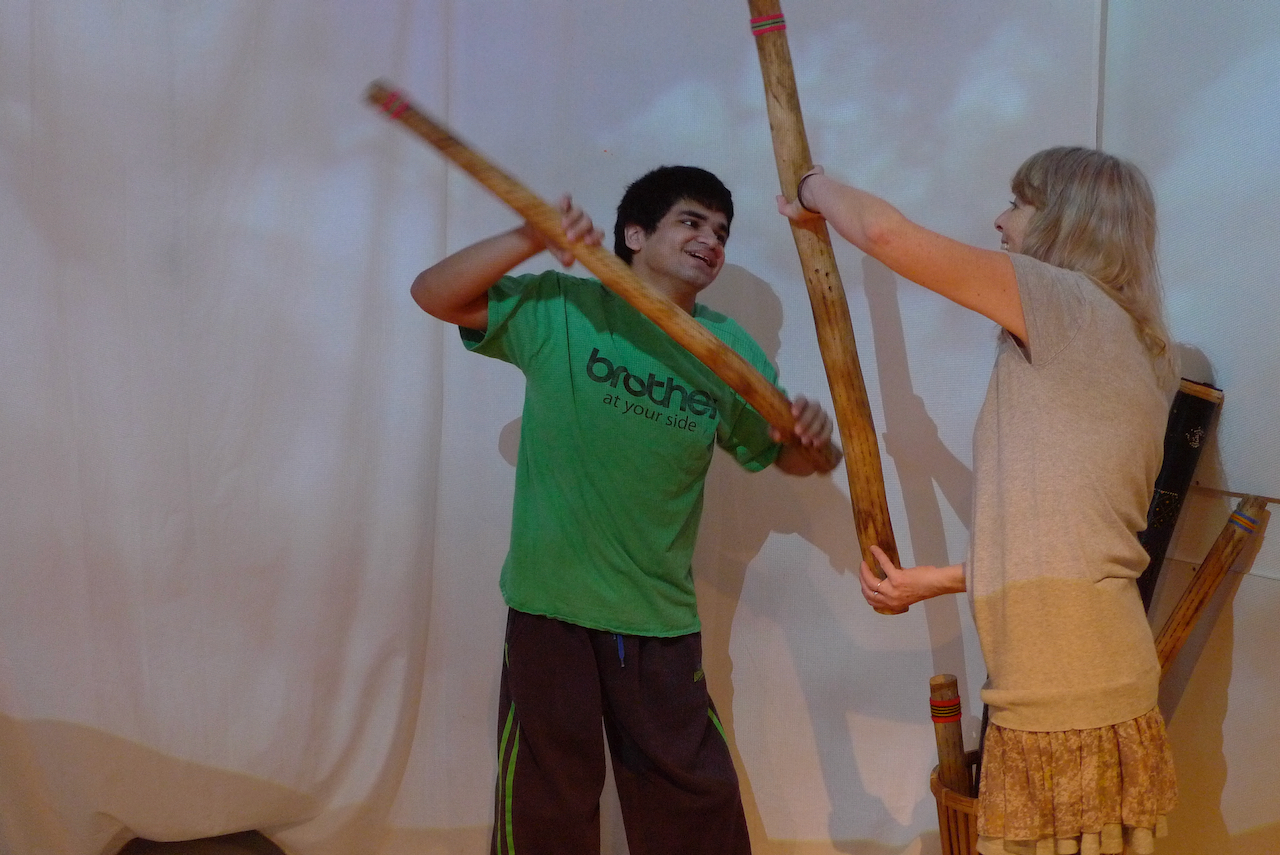
The joy of movement gives a freedom that transcends our inhibitions and takes us to another place....
